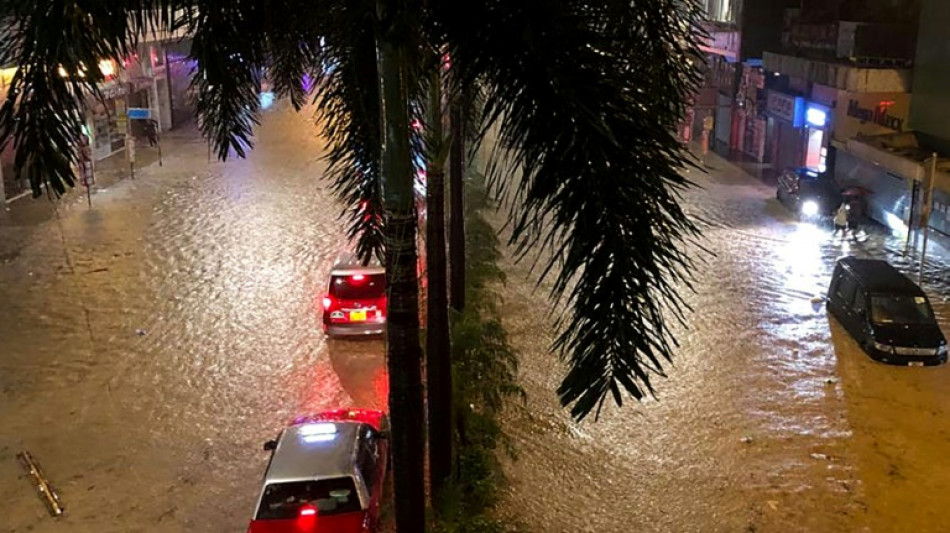
RBGPF
61.8400

Record rainfall in Hong Kong caused widespread flooding in the early hours of Friday, disrupting road and rail traffic just days after the city dodged major damage from a super typhoon.
The Hong Kong Observatory, the city's weather agency, reported hourly rainfall of 158.1 millimetres at its headquarters in the hour leading up to midnight, the highest since records began in 1884.
Late on Thursday, authorities in the Chinese city said various districts had been flooded and emergency services were conducting rescue operations. Members of the public were instructed to stay in a safe place.
"Heavy rain will bring flash floods," the Observatory warned. "Residents living in close proximity to rivers should stay alert to weather conditions and should consider evacuation" if their homes are flooded, it added.
No injuries were reported in the early hours of Friday.
Earlier in the week, Typhoon Haikui left a trail of destruction in Taiwan before crossing the strait and making landfall in China's Fujian province on Tuesday.
Hong Kong's observatory said the latest torrential rain was brought by the "trough of low pressure associated with (the) remnant of Haikui".
The city's Mass Transit Railway announced that it would partially suspend service on one of its lines after a station in the Wong Tai Sin district was flooded, with another handful of stations also affected.
Footage circulated on social media showed an MTR train not stopping at Wong Tai Sin station, which had floodwater on its platform.
Other video clips showed cars and buses half-submerged on main roads.
Heavy rain was also reported in the neighbouring Chinese tech hub of Shenzhen.
Shenzhen prepared to discharge water from its reservoirs, according to Hong Kong officials, which they said could lead to flooding in parts of northern Hong Kong as a result.
Southern China was hit the previous weekend by two typhoons in quick succession -- Saola and Haikui -- though Hong Kong avoided a feared direct hit.
Tens of millions of people in the densely populated coastal areas of southern China had sheltered indoors ahead of the storms.
Climate change has increased the intensity of tropical storms, with more rain and stronger gusts leading to flash floods and coastal damage, experts say.
W.Zhang--DT